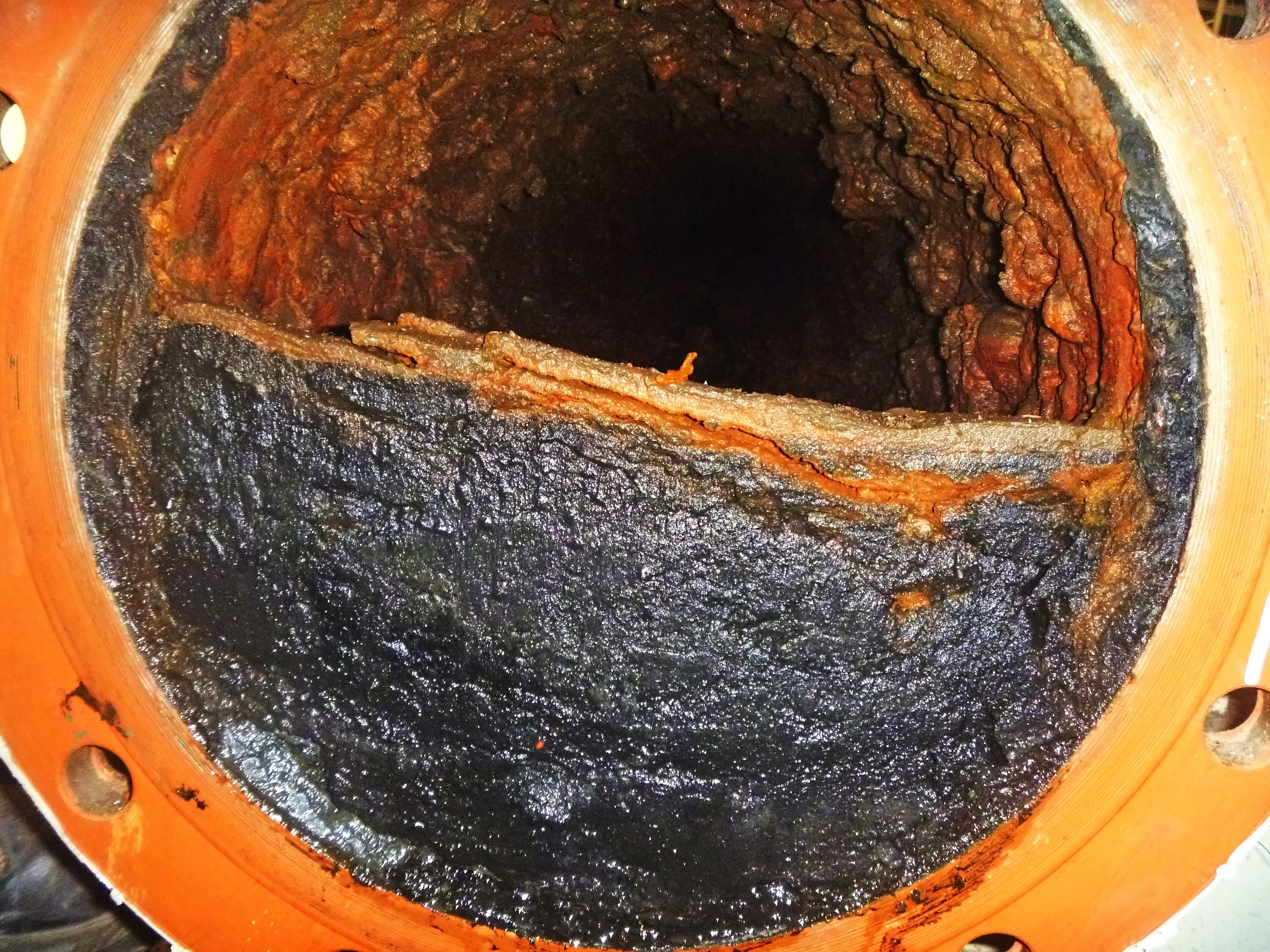Methods of Industrial Oil Flushing
Last updated on April 25th, 2025 at 03:53 am
Industry machinery and equipment can be touchy sometimes. Hydraulic and lubrication systems need care and maintenance to stay in good working condition, and part of that maintenance is knowing which processes and techniques are the best for cleaning. Refineries in places like North Dakota or Houston Texas has oil flushing processes that can be highly beneficial, sweeping away contaminants that threaten to clog and damage pipes and machinery.
But knowing the right types of oil flushing that are available is crucial. What is oil flushing? How does oil flushing work? What are the different processes? Knowing the answers to these questions can help set you on the right track to a cleaner, more efficient hydraulic or lubrication system.
Oil Flushing and Immersion Heaters
 To understand which type of oil flushing process is best, it is important to understand what, exactly, oil flushing is. When hydraulic and lubrication systems are used, they often collect contaminants such as dirt, sand, oil residue and other particles in the machinery and piping. Oil flushing takes place when immersion heaters are used to heat liquid to a high temperature before the liquid is forced through the pipes at a high velocity. The heat and speed of the liquid loosens and dislodges the contaminants, forcing them through the systems where there are eventually flushed out.
To understand which type of oil flushing process is best, it is important to understand what, exactly, oil flushing is. When hydraulic and lubrication systems are used, they often collect contaminants such as dirt, sand, oil residue and other particles in the machinery and piping. Oil flushing takes place when immersion heaters are used to heat liquid to a high temperature before the liquid is forced through the pipes at a high velocity. The heat and speed of the liquid loosens and dislodges the contaminants, forcing them through the systems where there are eventually flushed out.
Quick and Easy
A “double oil change” is, perhaps, the easiest of the different types of oil flushes. This would be used when the equipment is still running well, showing no signs of damage or malfunction. A double oil change is when the system is drained of fluid, thus removing particles and contaminants not attached to the pipes and equipment. Next, new liquid is poured into the system, heated, circulated, then drained. This will often remove a great deal of the remaining particles. Sometimes, a second flush is needed.
Heavy Duty Work
Just as a double oil change is good for situations where there is little to no trouble with the equipment, a ‘chemical power flush’ is used when heavy duty help is needed in order to clean a system and wipe out some tough contaminants. Acids, solvents and detergents are not necessarily good for a hydraulic or lubrication system when used regularly, but every now and then, they can come in handy as a last resort.
Also read: Different Types of Oil Flushing in the Process Industry
Middle of the Road
Between the double oil change and the chemical power flush are some techniques that lay in the middle of the road. Both the “simple power flush” and the “advanced power flush” have the same principles, but they vary in degree of force. For a simple power flush, an oil filter cart is often used. Sometimes a wand-like tool is added to help direct and guide the flush, working tough and stubborn particles free. An advanced power flush operates on the same basis, but some more aggression is used to ensure maximum results are achieved.
Whatever method is chosen, oil flushes, along with the use of industrial circulation or immersion heaters, are highly beneficial in the maintenance and upkeep of hydraulic and lubrication systems everywhere. By keeping equipment clean, companies can ensure longer lifespans for machinery and longer periods between replacement.
Ilan Toledano is the Vice President of Marketing and Sales, North America, at Wattco, Quebec, Canada, a maker of electric heating elements and controls. To learn more from Wattco, call (800) 492-8826 or visit www.wattco.com.
